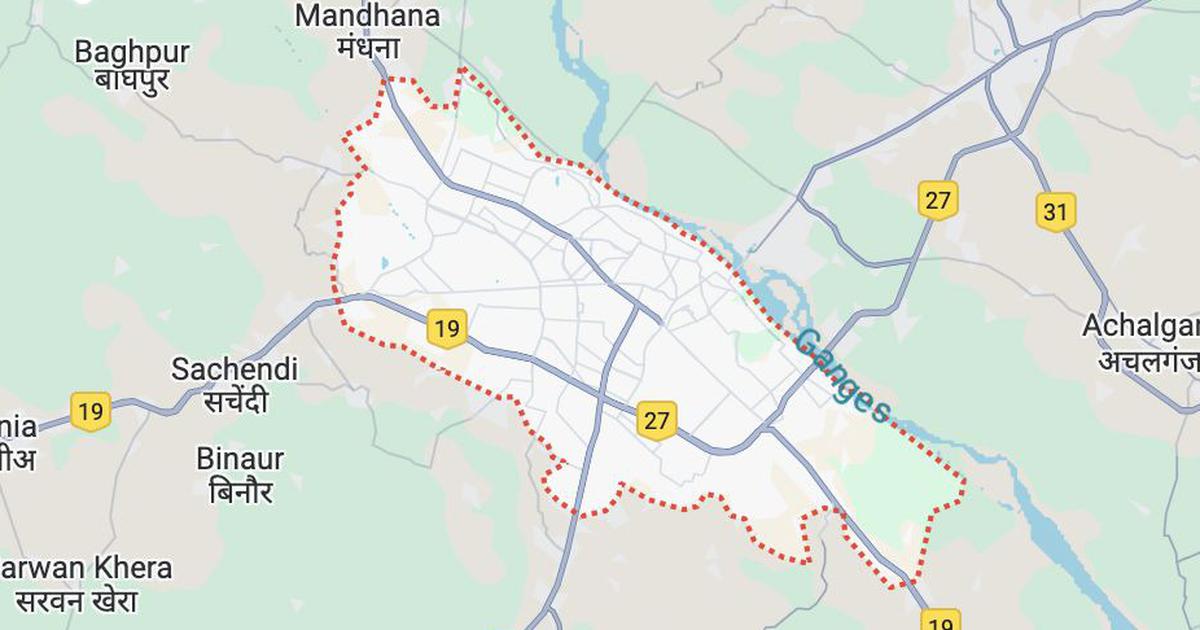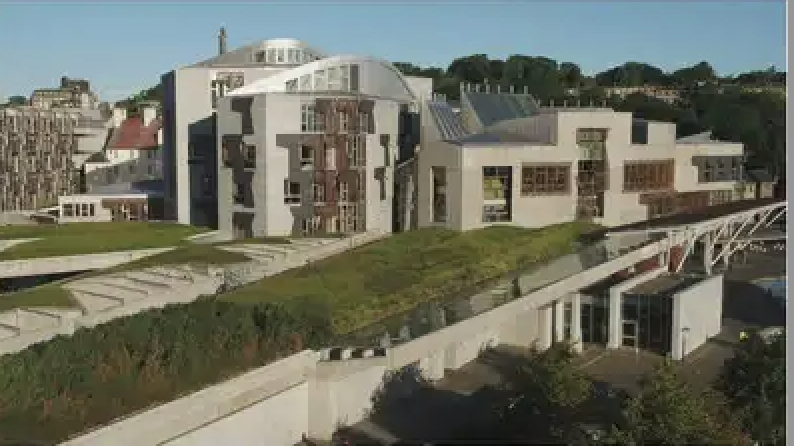
Mohan Bhagwat speaking on the RSS’s foundation day, 2019. Photo: PTI
By TONY JOSEPH
“For over 40,000 years, DNA of all people in India has been the same… I am not faffing,” said RSS chief Mohan Bhagwat at an event in Dharamshala, Himachal Pradesh, according to ANI.
This statement is so untrue that it would be safe to say that we have so far not found a single living person, not just in India but anywhere in the world, whose DNA profile is exactly the same as that carried by anyone who lived 40,000 years ago!
This is because all existing human populations today are the result of mixing between earlier population groups, which themselves were mixtures of even more ancestral population groups. The idea that there are ‘pure’ race groups that have refrained from mixing with other groups is wrong on facts and worrying in its implications because it brings to mind earlier historical instances when baseless claims of ‘purity of race’ were used as a reason for violence and discrimination.
Let us take the case of the Harappan individual from Rakhigarhi, dated to around 2,600 BC. A study based on the analysis of this female DNA, published in 2019, said that the Rakhigarhi sample lacked ancestry from the Eurasian Steppe. Significantly, the report also said that the steppe ancestry was “ubiquitous” – i.e. ‘present almost everywhere’ – today in India.
In other words, there are very few Indians living today whose DNA matches that of the Rakhigarhi person who lived just about 4,600 years ago – not to speak about those who lived 40,000 years ago.
Most population groups in the world today are the result of four classes of mass migrations that happened in history, as I detail in my book, Early Indians. These are migrations that lasted centuries and were driven by historic forces.
First, the ‘Out of Africa’ migrations starting from around 70,000 years ago that peopled the whole world, with the Americas being the last continent to be populated somewhere between 16,000-30,000 years ago. These were driven by climatic forces.
The second class of migrations began when some groups of modern humans took to agriculture in places such as Mesopotamia, India, Egypt and China, causing population explosions and, consequently, migrations that lasted centuries.
The third class of migrations began when a group of modern humans in the Central Asian Steppes mastered the arts of wagon-making, metallurgy and horse riding and expanded all across Eurasia between 3000 and 1500 BC.
The last and fourth class of migrations that reshaped world demography began in recent centuries when another group of modern humans in Europe figured out how to traverse vast distances over the seas and colonise new regions.
In the case of India, the last class of migrations – the colonial one – did not make a big impact on the demography because the number of colonial migrants who came to India was too small relative to the existing population. But the other three migrations did shape Indian demography, starting with the ‘Out of Africa’ migrations, which reached the subcontinent around 65,000 years ago.
There were two agriculture-related migrations that impacted Indian demography, one from the west and one from the east. The western migrations started impacting India after a mixed population of First Indians and a population related to early Iranian farmers started an agricultural revolution in the northwestern region of the Indian subcontinent around 9,000 years ago, causing a population explosion. The eastern migration happened around 4,000 years ago, when the tail-end of a population movement that began as a result of China taking to agriculture reached India, bringing with it the Austroasiatic languages.
The Eurasian Steppe migrations that brought Indo-European languages to India occurred between 2000 BC and 1500 BC, as a study titled ‘The Formation of Human Populations in South and Central Asia’, published in 2019, detailed.
By around 1,500 BC, almost all the four major components of the Indian demography had arrived and genetic studies tell us that what happened over the next one and a half thousand years or so, until around 100 AD, was a population mixing of the kind rarely seen, that left almost no population group in India untouched, no matter how remote.
And genetic studies show that this mixing came to an end only around 100 AD, when the practice of endogamy – people marrying within their own communities – took hold. Endogamy is often seen as a distinguishing feature of the caste system.
What would be correct to say today is that almost all population groups in India bear the imprint of these four large migrations to different degrees, though there are a handful of population groups in south India that do not carry the steppe ancestry.
Overall, we could say the following things. One, almost all Indian population groups have their largest share of ancestry from the First Indians, no matter where in the caste hierarchy they stand, what language they speak, which region they inhabit or what religion they follow. Two, north and west Indians are likely to carry more west Eurasian ancestry, east Indians are likely to carry more East Asian ancestry and south Indians are likely to carry more First Indian ancestry. Three, there is no Indian population that is not mixed – just as there are no modern human population groups anywhere in the world that are not mixed.
Therefore, it is incorrect to say that for over 40,000 years, the DNA of all people in India has been the same.
This story first appeared on thewire.in






